Rise of Ukraine’s killer robot swarms turning science fiction into reality
Behind an anonymous door in Ukraine’s military tech hub, drones that kill as a ‘swarm’ are evolving – and ethics are taking second place to survival.
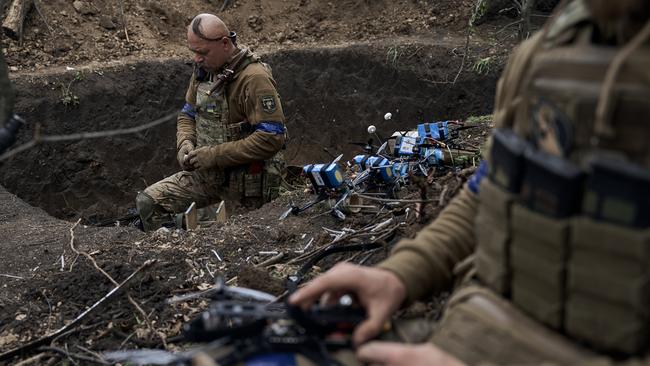
In an office block with no door numbers or names, Serhii Krupiienko slams his green, “military-grade” laptop on to the floor to prove its resilience. He hands it to me: “Have a go!” he urges with a grin. “It’s really fun. Throw it!”
This father of three, aged 39, has reason to be cheerful. He believes his start-up military technology (mil-tech) company is on the verge of a breakthrough that could give Ukraine an edge in its David and Goliath-like war with Russia.
Krupiienko says he will soon be ready to unleash something never before seen on the front line: an artificially intelligent “swarm” of up to seven drones capable of co-operating with each other to blow up tanks as well as snoop on the enemy.
What was once science fiction is reality: the first “killer robots” are here.
“It’s the equivalent of bringing the steam engine into the factory all those years ago,” says Krupiienko, a software engineer who studied at Stanford University, California. “Our core mission is to get robots to do the fighting, not humans.
“They can communicate with each other, making decisions on which one attacks, which gathers intelligence – and they’ll do it faster than any human.”
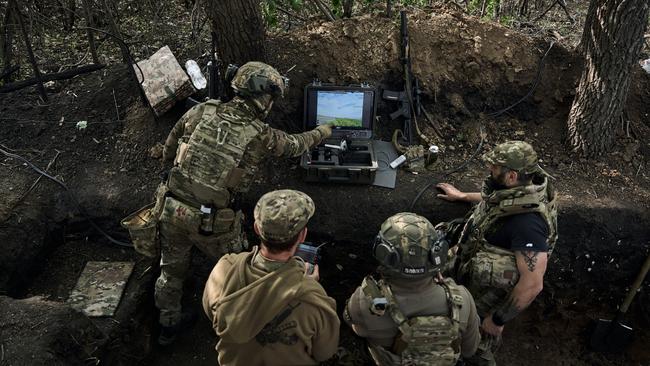
Until recently Krupiienko worked out of his Kyiv garage. Now “much to the satisfaction of my wife” he has moved out with his £2000 laptop, drones and other gizmos, into an office stuffed with cardboard boxes and a ping-pong table where his 20 employees can let off steam.
They belong to a 300,000-strong army of digital workers in this city of golden onion-domed churches and forested hills overlooking the Dnipro river.
These latte-sipping techies in trainers and jeans have turned wartime Kyiv into the world’s mil-tech capital, a seething cauldron of energy and new ideas, where the stakes are life and death.
Like others in this Slavic Silicon Valley, Krupiienko accepts the risk that the work makes him a target for Russian missiles or poison-wielding hit men from Moscow – which is why there is no sign on his door. A few months ago a missile wiped out another tech company’s warehouse in Kyiv. No one was harmed but the work was damaged. “To some extent it’s a measure of success,” he says. “If the Russians don’t target us, we’re not creating enough problems for them.”
Before the war Ukraine had 20 mil-tech companies but now there are 200, says a government official. Many make the drones that will determine the way future wars are fought.
Foreign investment is flowing in: Kupriienko won funding from an American fund backed by Eric Schmidt, the former Google executive. He has gone into partnership with a British drone maker.
“Every other nation is watching and learning,” says PW Singer, a best-selling American author of books on modern warfare. “Ukraine is bringing together new technologies, drones and artificial intelligence. This will shape the future of warfare just as tanks, radios and aircraft did in the 1930s Spanish Civil War.”
This makes Ukraine a “proving ground for new weapons that are being tested in battle against the second-best adversary we might face”, he adds in a reference to China. “It becomes a selling point.”
Some experts see deployment in battle of “lethal autonomous weapons systems” as part of a new arms race.
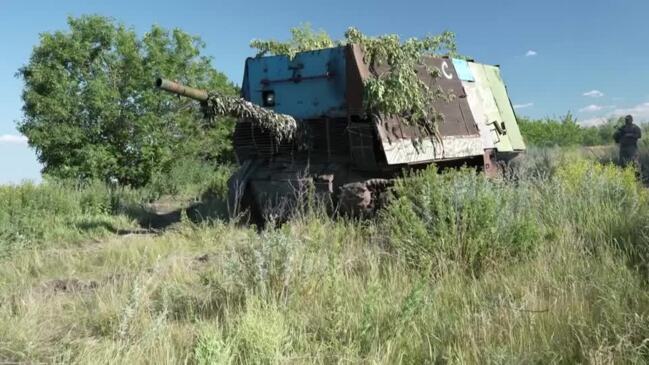
In March, near Krasnoarmiisk – a city in the Donetsk region now called Pokrovsk – Russia launched three unmanned vehicles topped by machine guns and Russian flags. They were destroyed by Ukrainian drones in what might have been the world’s first clash of the robots. More such encounters can be expected.
“We don’t have as many human resources as Russia, they fight, they die, they send more people, they don’t care, but that’s not how we see war,” says Alex Bornyakov, deputy minister of digital transformation, explaining why Ukraine had invested so heavily in drones.
He tells me on Zoom about a piece of battlefield history made this year: a village in eastern Ukraine had been “liberated” entirely by “unmanned systems” when drones bombed the occupiers, killing many of them.
When Russia tried to reinforce its positions, more defenders were eliminated. The survivors retreated. “I see this as the future of conflict,” Bornyakov says.
He confirms that Ukraine is testing “swarm” technology with at least one other company besides Kupriienko’s. He insists that it will not allow killing machines to go “completely autonomous”, adding: “A human has to confirm the target.” But he acknowledges that “technically, they [the drones] could do it by themselves”.
He describes an unmanned vehicle mounted with a machine gun that could be programmed to shoot only Russians “based on the uniform they wear”. But he goes on: “We don’t allow it ethically and for safety purposes.”
On the other hand, he could imagine drones being unleashed to “shoot on sight” in a clearly defined “kill zone” where only the enemy is present. “I think this makes sense in a war,” he says.
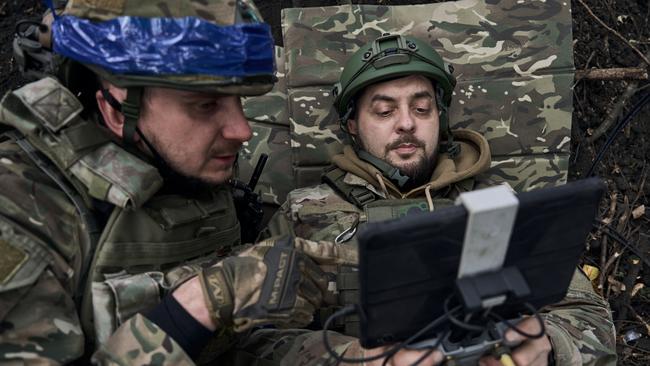
Is this the start of a slippery slope that could lead, inexorably, to machines taking over decision-making on the battlefield? Singer, the American expert, believes Ukraine may already have allowed AI to destroy targets without human intervention. He refers to the use of a cutting-edge American drone system that can identify enemy vehicles, even if camouflaged, and transmit their co-ordinates to other drones that launch automatically to destroy them.
“I recall being told by politicians this was a line we would never cross,” Singer says. “We’ve now crossed it – and with little controversy.”
Military experts, lawyers and ethicists have long grappled with the issue of how to keep “intelligent” weapons under human control. Kupriienko repeats the official mantra about the imperative of keeping a “man in the loop”, meaning that a human commander approves each attack. But he accepts that some commanders will want to go fully autonomous to maximise the drone swarm’s potential. “We’re fighting a war here,” he says, “and we want to win.”
As we talk, his mobile vibrates. It is a military officer asking when the technology will be ready. The answer is by autumn. He calls the weapon Styx after the river in Greek mythology that separates the living from the dead.
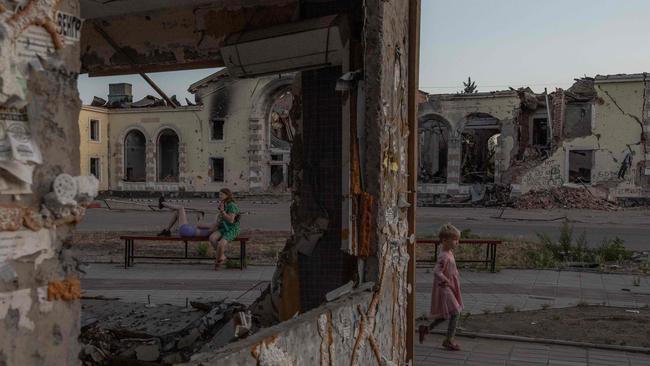
Kurpriienko was one of 15 directors from Ukrainian drone companies who were invited to a conference at the Royal United Services Institute in London last month with Admiral Sir Tony Radakin, the UK defence chief.
“We saw jaws drop when the Ukrainian companies told the British what they had achieved,” says Daniel Bilak, one of the organisers. “It makes a lot of people nervous,” he adds. “But we can either embrace it or be left behind.”
Nothing exemplifies that doctrine more graphically than the strategy of Brave 1, a top-secret Ukrainian government “tech defence hub” in Kyiv, which harvests the brightest ideas to help the war effort.
“A lot of clever people [are] tinkering in their garages,” says Maksym Makarchyk, a spokesman who greets me in a gleaming office whose location I am forbidden from mentioning. “Anyone with an idea can go to our website, make their proposal and tap on ‘submit’.”
Kyiv’s entrepreneurial zeal is also on display in a hotel where Sacha Michaud, the British co-founder of Glovo, a Barcelona courier company, is hosting a “Powerup Ukraine” conference.
“The time to invest is now, guys, hurry up,” Kateryna Hrechko, chief executive of a tech association, tells the gathering of tech entrepreneurs.
“Mil-tech is our future,” adds Anna Apostol of the Mate Academy, an “ed-tech” start-up. “War is tragic and terrible, but Ukraine can lead in the mil-tech sector: we have talent for it.”
Then up stands Ricardo Lopez, the Spanish ambassador, noting that talks on Ukraine’s accession to the EU will begin on Tuesday. “It’s clear in everyone’s mind,” he says, “that the future of Ukraine is in the EU and that’s something to which everyone is committed.”
The chandelier lights flicker on and off in accompaniment to the applause.


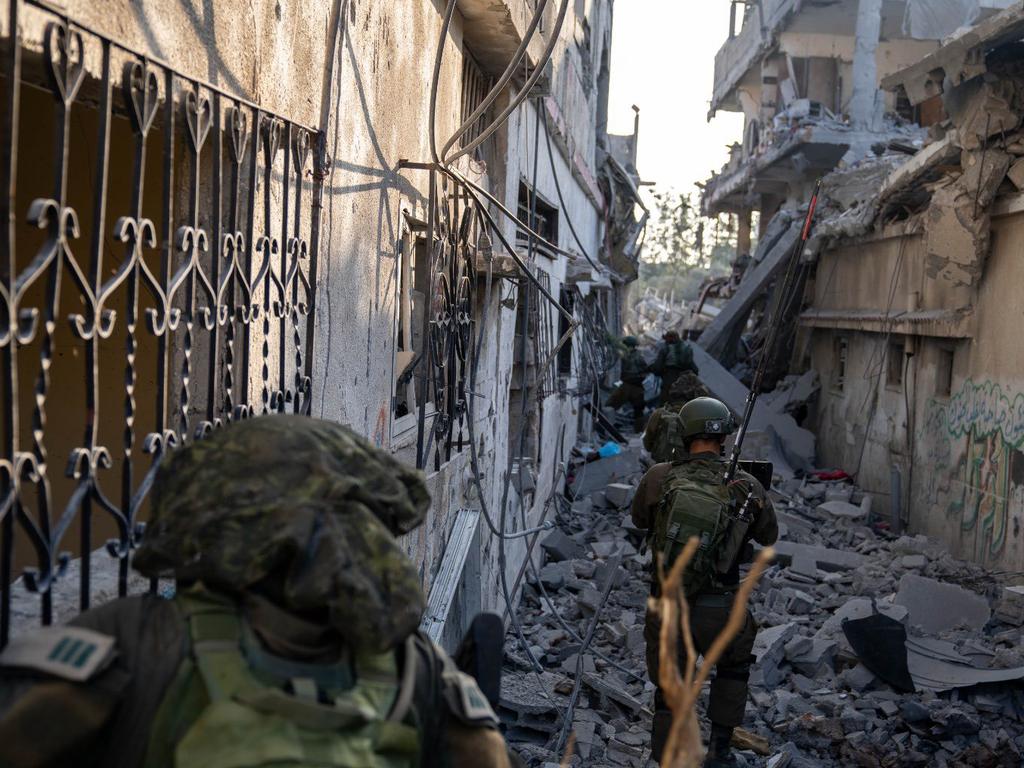
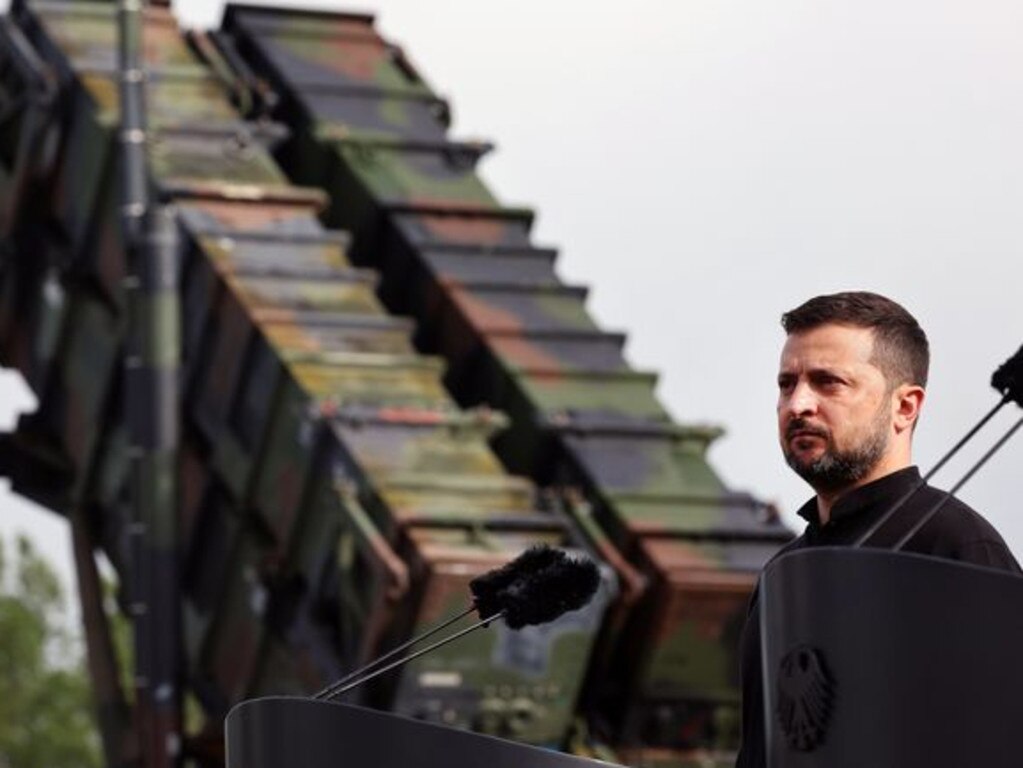
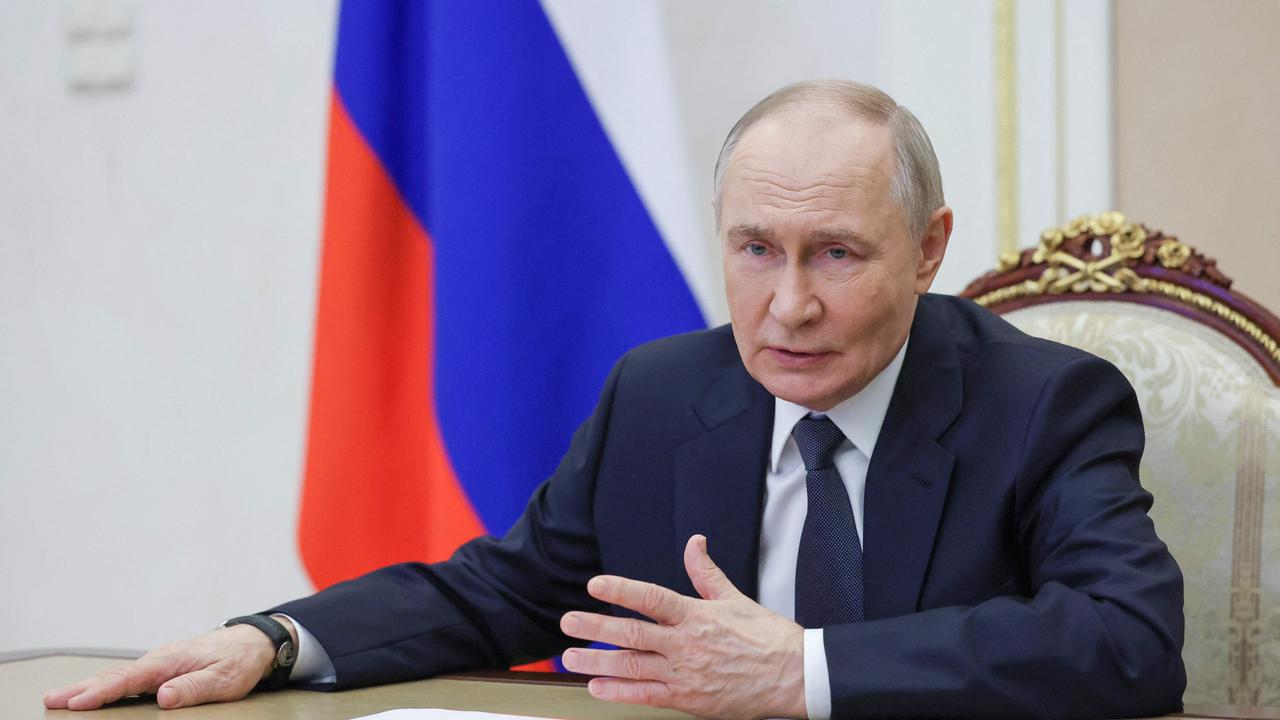

To join the conversation, please log in. Don't have an account? Register
Join the conversation, you are commenting as Logout